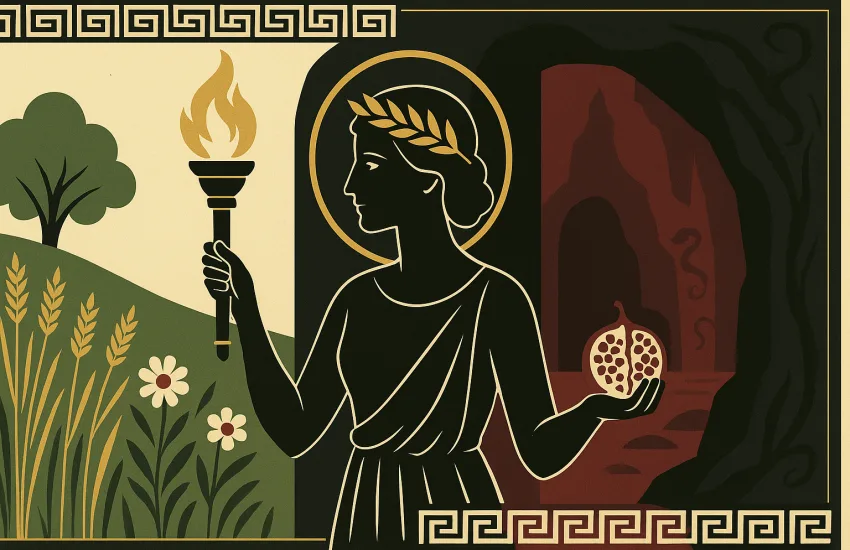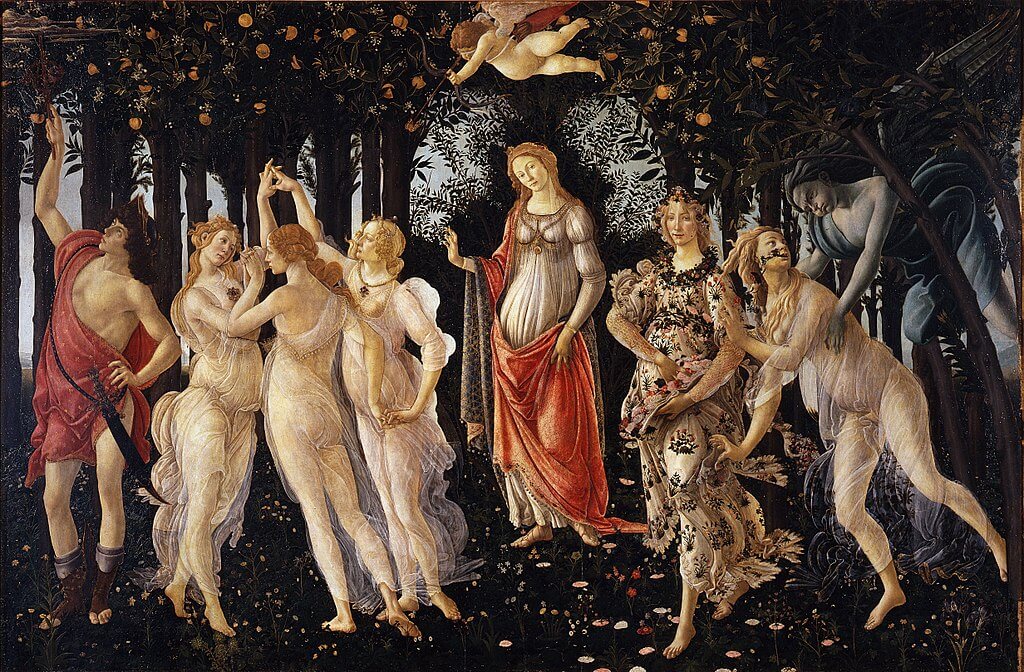Medusa Symbolism in Art
Medusa symbolism in art fuses fear, protection, and the politics of looking. From temple pediments to contemporary galleries, artists use snakes, gaze, mirrors, and shields to turn terror into protection and to question who controls the act of seeing.
Medusa Symbolism in Art: Iconography
Face, Hair, and Gaze
In Medusa symbolism in art, the frontal stare confronts the viewer; serpents signal danger, metamorphosis, and uncanny life.
Gorgoneion & Shield
The head-as-emblem (gorgoneion) on shields, armor, and buildings works as an apotropaic sign—harm turned back by a stare.
Severed Head, Blood, and Pegasus
Perseus’ trophy compresses the myth. Blood implies destruction birthing creation (Pegasus), binding death to new beginnings.
Mirror, Sword, and Hands
The mirror makes vision strategic; the sword names the cost of control; grasped hair freezes the instant between life and legend.
Meanings Across Time
Antiquity
Medusa symbolism in art is largely protective—on doors, armor, and pottery—where ugliness is weaponized to repel evil.
Renaissance & Baroque
Beauty and horror are refined together; the gaze becomes a study in power, vanity, and virtù.
19th–20th Centuries
Romantics stress tragedy; Symbolists eroticize danger; modernists expose the cost of the heroic male myth.
Contemporary
Medusa is reclaimed as a feminist icon: refusing victimhood, her stare indicts the desire to control.
Composition & Color in Medusa Symbolism in Art
Frontal heads feel confrontational; profiles narrate action (Perseus, Athena). Cold greens and blacks cue venom and night; marble whites and golds elevate divinity; sharp chiaroscuro dramatizes the instant of beheading.
How to Read Medusa Symbolism in Art
- Follow the gaze lines: who looks, who averts, who mirrors?
- Track symbols: snakes (metamorphosis), shield (defense), mirror (indirect power).
- Note thresholds: caves and doorways hint at danger turned to protection.
Medusa Symbolism in Art: Quick FAQ
Is Medusa evil?
Not simply—she embodies weaponized otherness and fear of female power.
Why the severed head?
It turns terror into an apotropaic emblem: harm captured and redirected.
Why snakes?
They signal rebirth, toxicity, and the uncanny—life shedding its skin.


